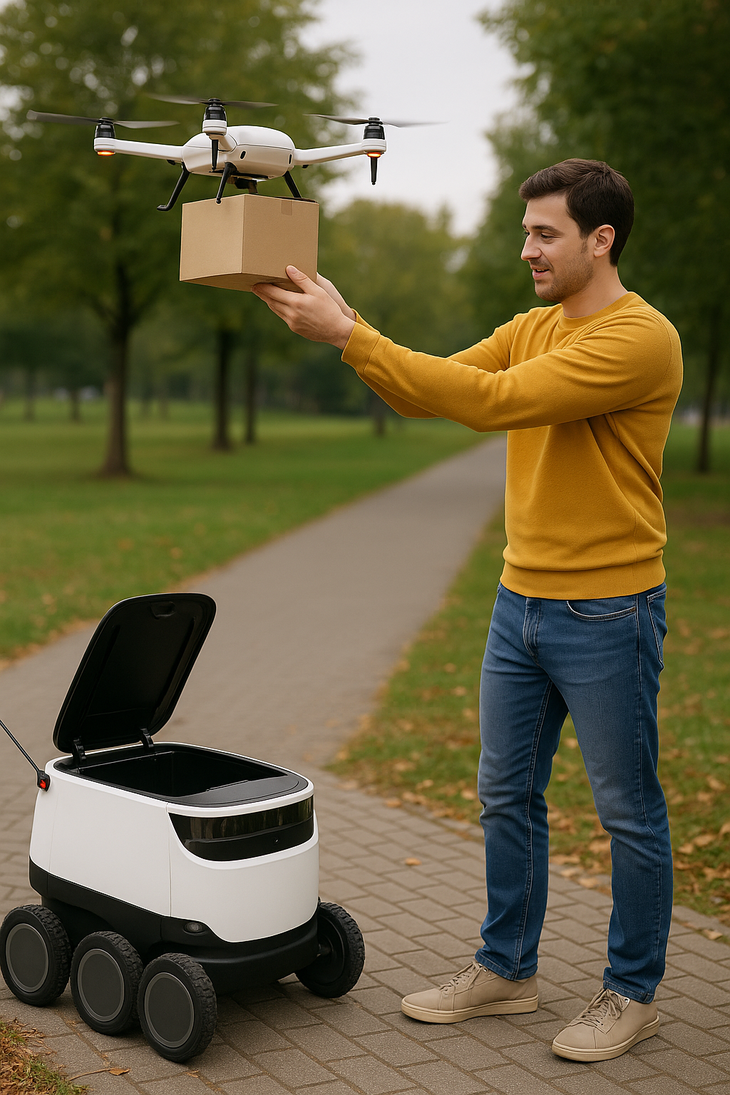
Robots and drones replace humans as shippers
Imagine one day, you just clicked “Order” on an e-commerce app. Just a few dozen minutes later, a small robot rolls up to your door, or from above, a drone swoops down and neatly drops a package into your yard.
That future is no longer the stuff of science fiction. It is happening in many places around the world, and in Vietnam, the first steps have begun.
The global race for smart delivery
In the US, the giant Amazon has deployed Amazon Prime Air, an autonomous delivery drone service in California and Texas. The drones can carry orders under 2.2kg, fly to the customer's backyard, and drop the package at the right location programmed.
Meanwhile, Starship Technologies’ autonomous robots are already operating on the sidewalks of more than 30 cities in the US and Europe. These small robots can navigate, avoid obstacles, and deliver packages to customers without human intervention.
In China, giants like JD.com and Meituan are accelerating testing of delivery drones in mountainous areas and remote islands. In places with difficult terrain, drones help reduce delivery times from hours to just tens of minutes.
Vietnam: Not staying out of the game
In Vietnam, the first unmanned delivery robot Alpha Asimov developed by Phenikaa Group has been successfully tested at Ecopark, VinUni and Phenikaa University campus.
Small and flexible, the Alpha robot can drive 95% autonomously on sidewalks and internal walkways, automatically avoid obstacles, choose the optimal route and deliver to your door.
Not only robots, the DJI Flycart 30 delivery drone has also arrived in Vietnam, opening up the possibility of aerial delivery to hard-to-reach areas such as islands, mountains, and boats at sea.
The technology behind the delivery “miracle”
What makes delivery robots and drones as smart as humans is that:
Deep Learning AI : helps robots understand the environment, identify obstacles, and learn smarter routes after each delivery.
GPS positioning combined with Lidar sensor : to help the drone fly accurately to the meter, avoid trees, power lines, and choose a safe landing spot.
Synchronized management platform : From closing orders on the app to controlling robots/drones in the field, everything happens in a smooth digital ecosystem.
Challenges that remain to be addressed
For robot and drone delivery technology to be widely deployed, there are still many challenges to be solved.
First of all, urban infrastructure is not yet synchronized, sidewalks in many cities are still narrow, and there is a lack of pick-up and drop-off points specifically for robots.
Legally, flight safety corridors and privacy rights when drones operate over residential areas still need to be clearly regulated to ensure safety and community consensus.
Equipment costs are also a major barrier as the cost of drones and robots remains high compared to traditional logistics costs.
In addition, security issues must also be taken into account, how to limit the risk of theft and vandalism when these vehicles operate outdoors without direct supervision.
Experts predict that in the next 5-10 years, robots and drones will play a complementary role, not completely replace traditional shippers.
Source: https://tuoitre.vn/giao-hang-bang-robot-va-drone-khi-vien-tuong-da-hoa-doi-thuong-20250530114255637.htm






![[Photo] National Assembly Chairman Tran Thanh Man receives First Vice Chairman of the Federation Council of the Federal Assembly of the Russian Federation](/_next/image?url=https%3A%2F%2Fvphoto.vietnam.vn%2Fthumb%2F1200x675%2Fvietnam%2Fresource%2FIMAGE%2F2025%2F12%2F02%2F1764648408509_ndo_br_bnd-8452-jpg.webp&w=3840&q=75)









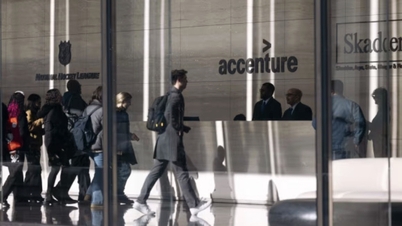








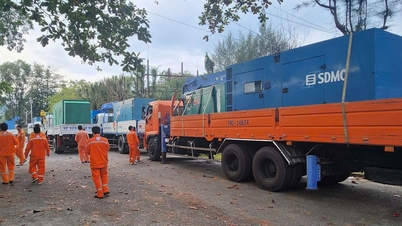








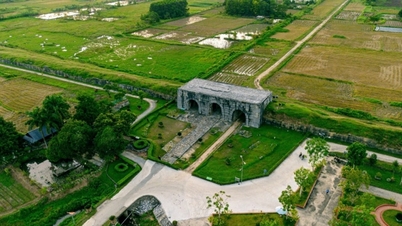









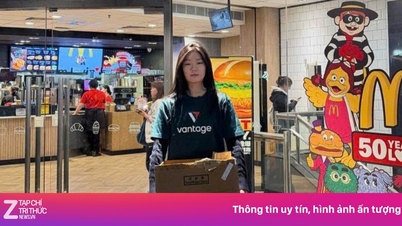






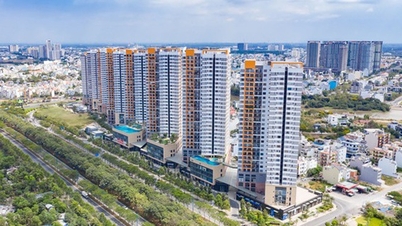


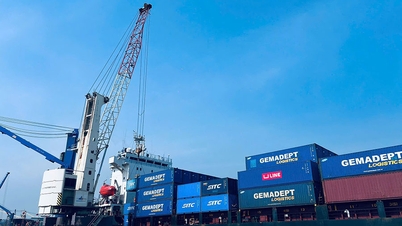











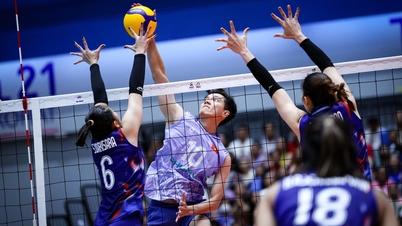



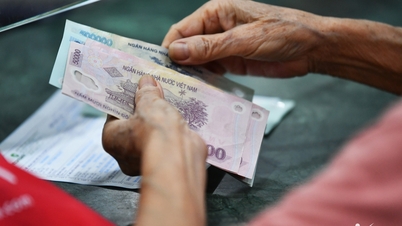





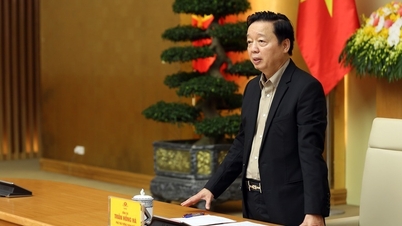




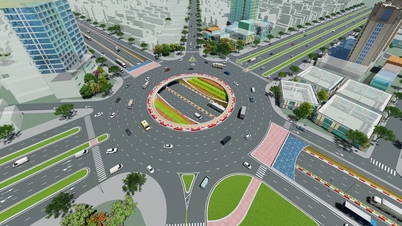

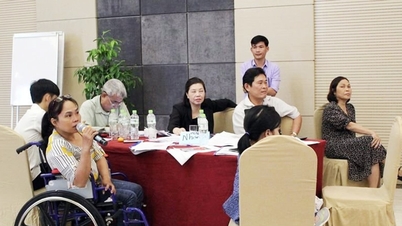

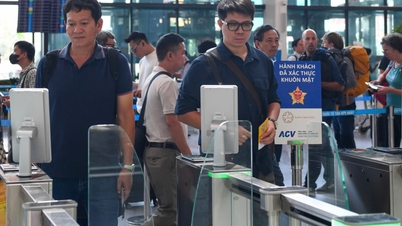

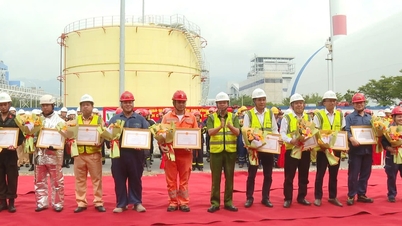
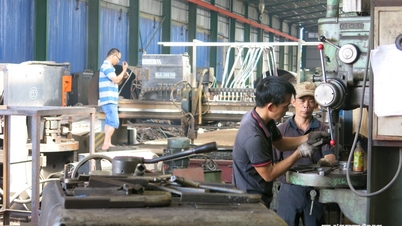













Comment (0)